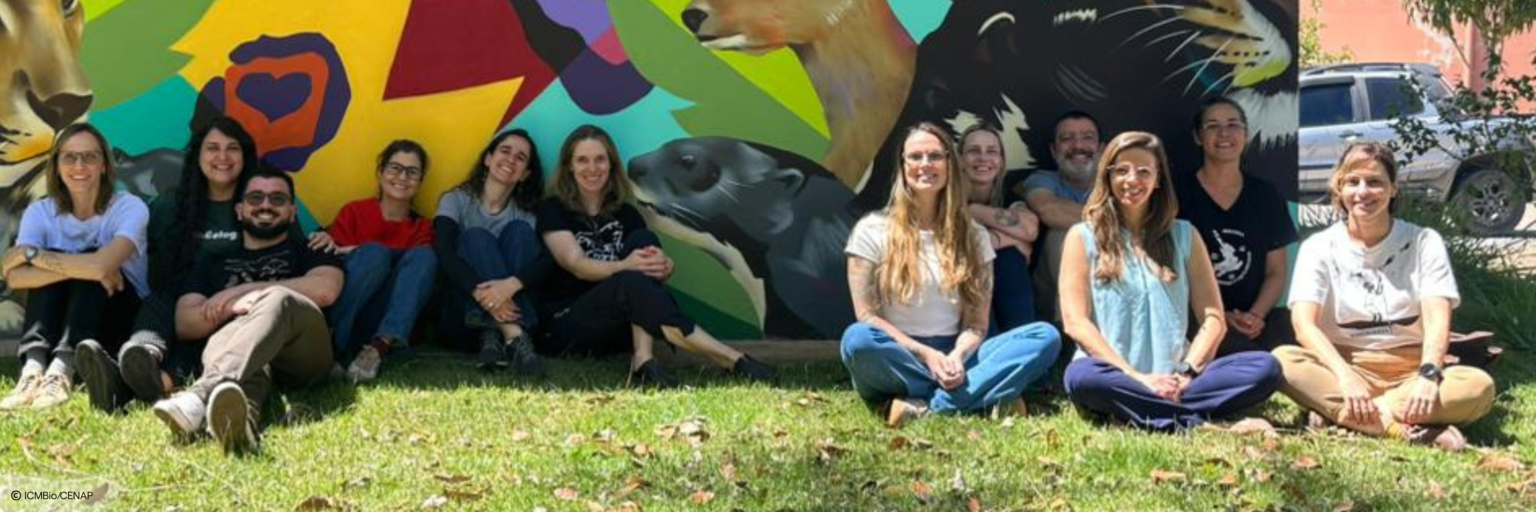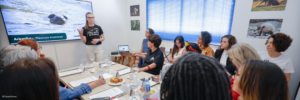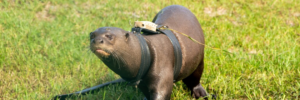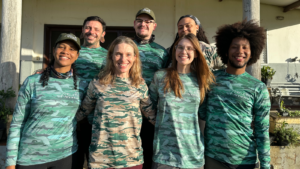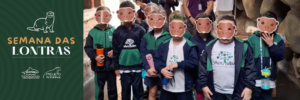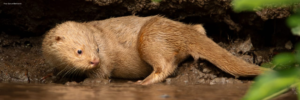
Between October 20 and 24, we took part in the 1st Monitoring Workshop of the National Action Plan for the Conservation of the Giant Otter (PAN Ariranha), a meeting aimed at strengthening efforts toward the conservation of the species and its habitat.
The main goal of the workshop was to monitor the actions defined in the plan, as well as to develop indicators and targets to guide the achievement of the specific objectives established for the coming years.
The workshop was organized by CENAP/ICMBio and brought together members of the Technical Advisory Group (GAT) of the PAN Ariranha. The GAT is a collective body that represents all participants from the plan’s initial planning meeting and plays a key role in its implementation and monitoring. This group includes professionals, researchers, and representatives from institutions directly engaged in the conservation of the giant otter and its ecosystems.
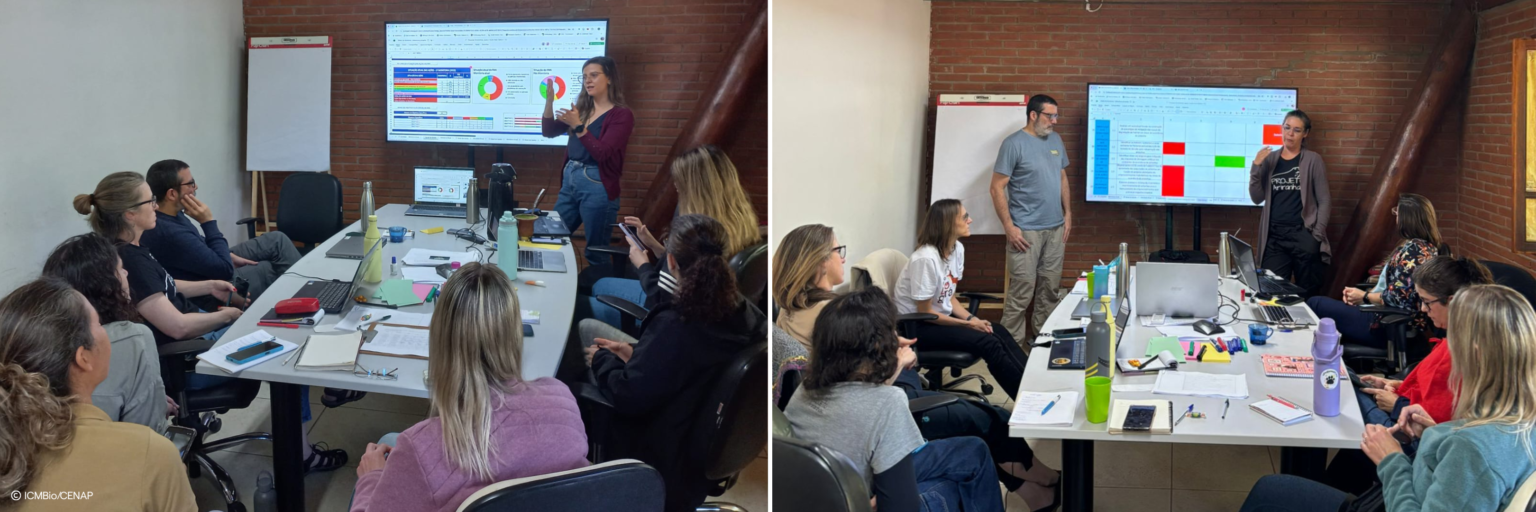
Brazil is the only country within the species’ range to have a national conservation plan dedicated exclusively to the giant otter. The PAN Ariranha is currently in its third cycle (2024–2029), with the overall objective of “mitigating the impacts of the main threats to giant otter populations and their habitats in strategic areas of the Tocantins-Araguaia, Paraná, and Paraguay river basins, aiming at the conservation of the species over the next five years.”
The target biomes for this phase are the Pantanal and Cerrado, regions where the species continues to face challenges related to habitat loss, climate crises, and conflicts with human activities.
The president of the Giant Otter Project, Caroline Leuchtenberger, serves as the Executive Coordinator of the PAN Ariranha, supporting ICMbio/CENAP in coordinating the implementation of planned actions and articulating the initiatives developed by our team.
The completion of this first workshop represents an important step toward the consolidation of integrated and collaborative strategies to ensure a safer future for the largest otter in the world!
